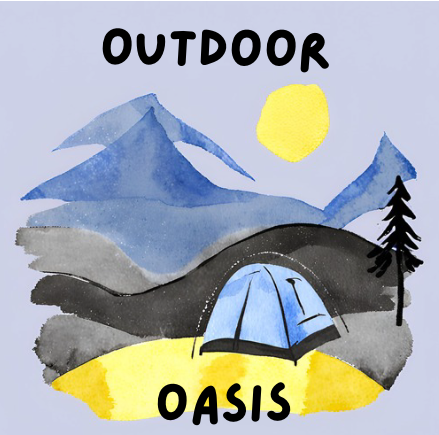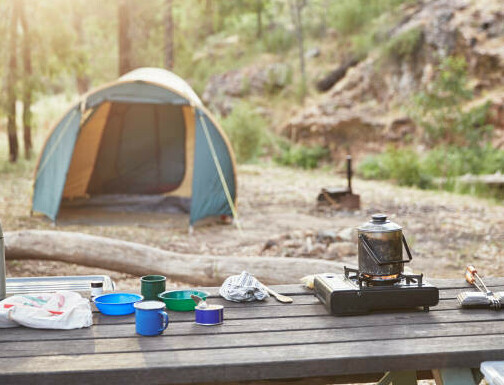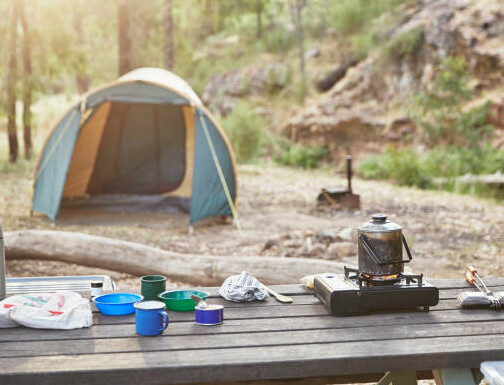
Imagine setting up camp amidst the untamed beauty of Australia’s vast wilderness, far from the beaten tracks and the glow of campsite lanterns. I’m going to introduce you to wild camping, also known as bush camping, which offers such an enthralling escape. This isn’t just about pitching a tent; it’s also about immersing yourself in nature, where your nearest neighbor is perhaps a kangaroo or a curious possum.
You’re going to find out about the nuances of planning and executing a responsible bush camping adventure in Australia. It demands not just a passion for the outdoors but also an unwavering commitment to the environment and local laws. Each state in Australia has unique park management plans, and these are the rulebooks you need to delve into to ensure you’re compliant and considerate of the ecosystems you’re stepping into.
I’m here to help you prepare for wild camping – understanding what it is, why it’s special, and how to do it while respecting the natural environments you’ll visit. Don’t worry too much about the intricacies yet; every journey starts with the first step, and you can always adjust your approach down the road. For now, choose something that resonates with you – whether it’s the serene coastal scrub of the Great Ocean Walk or the rugged peaks of the Flinders Ranges – and I’ll take care of guiding you through the preparations.
However, before we delve deeply into the practicalities of wild camping, it’s important to understand the essential skills that will keep you safe and confident as you navigate the great Australian bush. That’s going to include smart packing, identifying the right spot, and, crucially, how to navigate your way through wilderness areas. This leads us directly to our next section where we will explore the essential navigation skills needed for a successful and responsible bush camping experience.
Charting the Unmarked: Essential Navigation Skills for Bush Camping
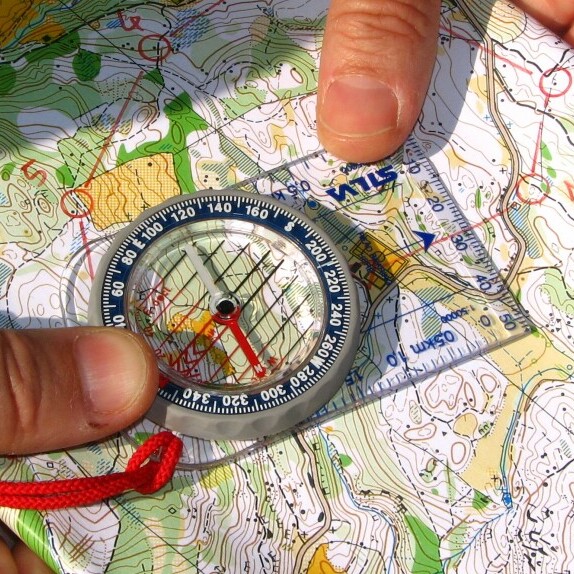
When you’re miles away from the nearest road sign, relying on your wit and skill to find your way can be a thrilling part of the wild camping experience in Australia. But before you go playing Marco Polo with Mother Nature, you’re going to need to master some navigation essentials.
Jumping straight in, understanding the basics of map reading and how to use a compass isn’t just ‘nice-to-have’ – it’s a downright necessity. Australia’s great outdoors is as rugged as it is beautiful, and even seasoned hikers can find themselves turned around without these skills. Don’t worry too much about getting it perfect on the first go; it’s a learning process.
In today’s tech-savvy world, your GPS device might seem like your best friend, but think of it as a backup dancer rather than the main performer. You can always use GPS alongside more traditional navigation aids such as your map and compass to provide extra reassurance. However, remember that gadgets have a knack for quitting at the most inopportune times – batteries die, screens break, and signals disappear. That’s why having those basic navigation skills is paramount.
Don’t overlook natural navigation techniques, either. This isn’t just about knowing that moss often grows on the southern side of trees—it’s about paying attention to the position of the sun, following watercourses, and using the cardinal directions to help guide your path. Your environment is speaking to you; it’s up to you to listen and interpret.
For those just starting out or looking to brush up on their orienteering prowess, many Australian cities have groups that host events where you can practice your navigation in a controlled environment before putting your skills to the test in the wild. Choosing something that resonates with you, whether it’s a local club meet-up or an orienteering course, can make all the difference in building confidence.
Remember, your navigation ability isn’t just part of getting from A to B; it’s your lifeline in the Australian bush. A confident navigator is a safe camper, and as you’re about to find out in the next section, safety is your number one priority when it comes to wild camping.
Ensuring a Safe Adventure: Prioritizing Safety in the Australian Wild
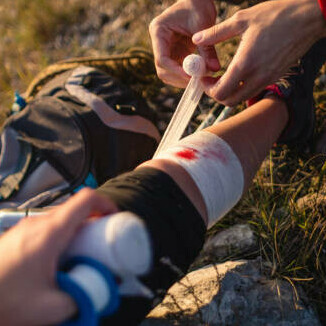
Now, I’m going to talk about something that’s absolutely critical when you’re miles away from the nearest road: safety in the wild. And boy, is it important.
First up, you’re going to want to plan ahead. Create a detailed trip plan that includes your routes, estimated time on trails, emergency contacts, and alternative places to hunker down if things get hairy. This isn’t just a safety measure, it’s your wilderness blueprint.
Next, it’s all about sharing your itinerary. Give your plans to someone reliable back home and register your trip with National Parks or local authorities. It’s like leaving breadcrumbs for Hansel and Gretel, only you’re not dealing with a witch in a gingerbread house, you’re up against Mother Nature.
Carrying a PLB (Personal Locator Beacon) or an EPIRB (Emergency Position Indicating Radio Beacon) can be a game-changer. These devices are your lifeline, capable of sending out a distress signal with your location to the rescue authorities. If things go south, you’ll be glad you have one.
Adequate shelter and supplies can make or break your wild camping experience. You want to have the right gear for sudden weather changes and know how to build an emergency shelter if necessary. And don’t forget water. Always carry ample water and a reliable way to filter it, plus a well-stocked first aid kit to deal with any slips, trips, or nasty bugs.
Knowing your own limits is key. Don’t bite off more than you can chew and be ready to change your plans if the terrain or weather starts to feel beyond your comfort zone. There’s no shame in playing it safe.
Finally, keep a weather eye on the environment. Australia’s extremes are no joke, from flash floods to bush fires, so check the forecasts and fire danger ratings regularly. You want memories of a great adventure, not a survival epic.
Selecting Your Spot: The Art of Choosing the Ideal Campsite
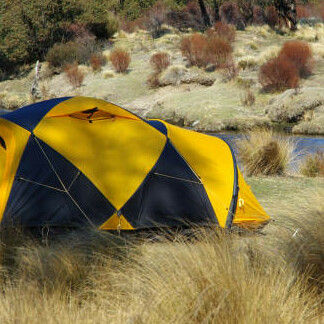
I’m going to let you in on a little secret: finding the perfect campsite can make or break your wild camping experience. You’ll want to start by looking for a spot that offers natural protection. What I mean is, consider setting up camp among sturdy bushes or trees that can shield you from the elements.
Next up, think about terrain. Choose a flat area that’s spacious enough for your gear, but make sure you’re not setting up under any loose branches or unstable rock formations – safety first!
Now, let’s talk about our furry and feathery friends. When you’re choosing your campsite, it’s crucial to keep a respectful distance from local wildlife habitats and trails. This isn’t just about respectful coexistence; it’s also about your safety.
Water plays a big role here as well. It’s a good idea to camp near a water source for convenience, but you’ve also got to think ahead: keep a safe distance to prevent any risk of contamination – both for your sake and the environment’s.
And hey, I know you may be tempted to find the most scenic spot to wake up to, but you’ll also want to consider the weather. In some parts of Australia, the weather can change in the blink of an eye. Set up camp with an eye to the sky and an awareness of what the weather can do in your chosen region.
The Ethical Camper: Practicing Leave No Trace and Responsible Fire Management
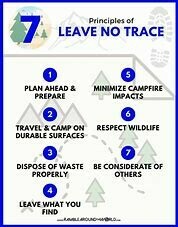
If you want to be an ethical camper, which I’m pretty sure you do, mastering the Leave No Trace principles is your starting point. These aren’t just good habits; they’re your personal covenant with the outdoors. Planning and preparation can significantly reduce your environmental footprint. This means organizing your trip with sustainability in mind, repackaging food to minimize waste, and choosing eco-friendly products.
When you’re on the move, respect the trails and natural surroundings. Even when trekking off the beaten path, it’s important to avoid trampling vegetation and to move around obstacles carefully. Pristine areas should be left as untouched as possible, so future explorers can enjoy the same unspoiled beauty.
Disposing of waste properly can be a challenge, but it’s a vital aspect of wild camping. Pack out all your trash, use biodegradable soap, and when nature calls, ensure you’re at least 200 meters from water, trails, or campsites. For solid waste, dig a cathole 15-20 cm deep and cover it completely when you’re done.
Animal lovers, take note: observing wildlife from a safe distance is best. Feeding animals might seem harmless, but it can disrupt their natural foraging habits. Plus, it’s crucial for your well-being too; you definitely don’t want a curious critter rummaging through your tent at dawn.
Regarding campfires, they’re an icon of the camping experience. But consider this: stoves are much more efficient and less impactful. If a fire is essential for warmth or morale, keep it small, use fallen wood you can break by hand, and avoid making a fire during windy conditions or in sensitive areas. When you’re done, it’s not enough to just douse the flames. You need to make absolutely sure that the fire is out and scatter the cool ashes so that the site looks as though you were never there.
Remember, respecting other visitors is part of the outdoor code. Keep noise levels down, avoid using bright lights at night, and maintain a generous distance from other campers. Embodying these principles paves the way for everyone to have a harmonious experience with nature.
Ready, Set, Camp: Venturing Out into Australia’s Wild Spaces
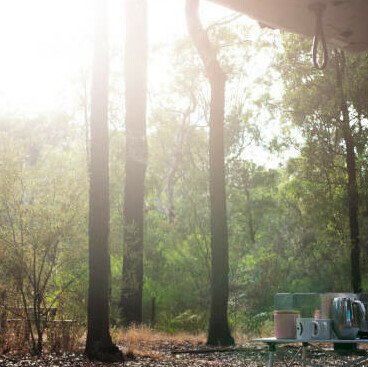
Now that you’ve got a grasp on the essentials of wild camping and responsible exploration in Australia, you’re well on your path to forging memorable experiences in the great outdoors. Remember, it’s about starting small and gradually stepping out of your comfort zone.
You can always adjust your approach down the road, but the key is to choose something that resonates with you. Whether it’s mastering the art of navigation, refining your camp set-up, or fine-tuning your Leave No Trace practices, every trip is an opportunity to learn and grow.
What’s more, each expedition enhances your connection to the natural world and reinforces the significance of protecting these precious wild spaces for future generations. So I really hope that you embrace the adventure, celebrate each moment, and return with stories and insights shaped by the untamed beauty of Australia’s wilderness.
Thanks for tuning in, and I’d love to hear your feedback. Whether you’re a seasoned wild camper or a newcomer to the bush escapades, your stories, tips, and experiences can inspire others. So, when you’re back from your ventures, share your wild camping tales and let’s continue to build a community of responsible and passionate adventurers.
Happy Camping!
Graham
